
2025 Group B Proposed Changes to IZC | Complete Monograph for Changes to I-Codes (2630 pages)
National Association of County Engineers
The purpose of the code is to establish minimum requirements to provide a reasonable level of health, safety, property protection and welfare by controlling the design, location, use or occupancy of all buildings and structures through the regulated and orderly development of land and land uses within this jurisdiction.
Municipalities usually have specific land use or zoning considerations to accommodate the unique needs and characteristics of college towns:
This is a relatively new title in the International Code Council catalog; revised every three years in the Group B tranche of titles. Search on character strings such as “zoning” in the link below reveals the ideas that ran through the current revision:
Complete Monograph: 2022 Proposed Changes to Group B I-Codes (1971 pages)
We maintain it on our periodic I-Codes colloquia, open to everyone. Proposals for the 2026 revision will be received until January 10, 2025.
2024/2025/2026 ICC CODE DEVELOPMENT SCHEDULE
We maintain it on our periodic I-Codes colloquia, open to everyone with the login credentials at the upper right of our home page.
Related:
The National Center for Education #Statistics is the primary federal entity for collecting & analyzing #education-related data in the U.S. RTs ≠ endorsements.
We steer clear of curricula generally, mainly because curricula is a “crowded space” (i.e. no shortage of opinions, and even passions) except those programs that prepare the next generation for a skill set to support secondary enterprises such as skilled trades, building construction management, coding the internet of everything.
Classification of Instructional Programs
Introduction to the Classification of Instructional Programs: 2010 Edition (CIP-2010)
APPA: Survey raw responses: space increasing or decreasing
Related:
It has been 20 years since we began following educational facilities construction activity. Starting this month we will examine federal government data together with the best available data about space utilization to enlighten our response to the perfectly reasonable question: “Are we over-building or under-building or building ineffectively”. Use the login credentials at the upper right of our home page.
United States: Schools of Architecture
The Society for College and University Planning (Ann Arbor, Michigan)
National Center for Education Statistics
The Financial Impact of Architectural Design: Balancing Aesthetics and Budget in Modern Construction
Homeschooling
2022 International Existing Building Code

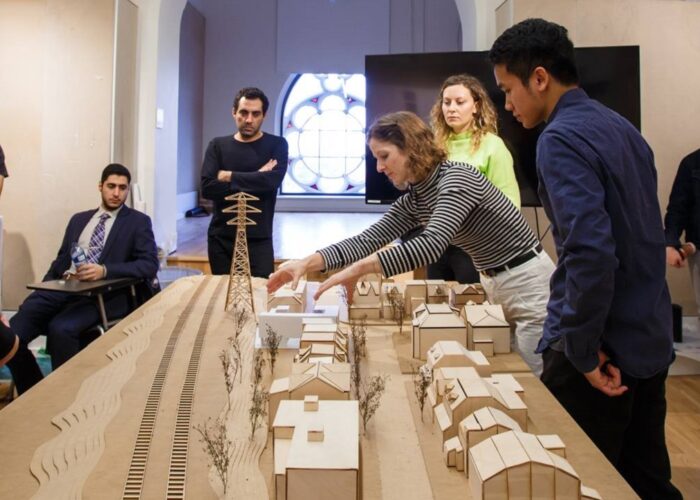
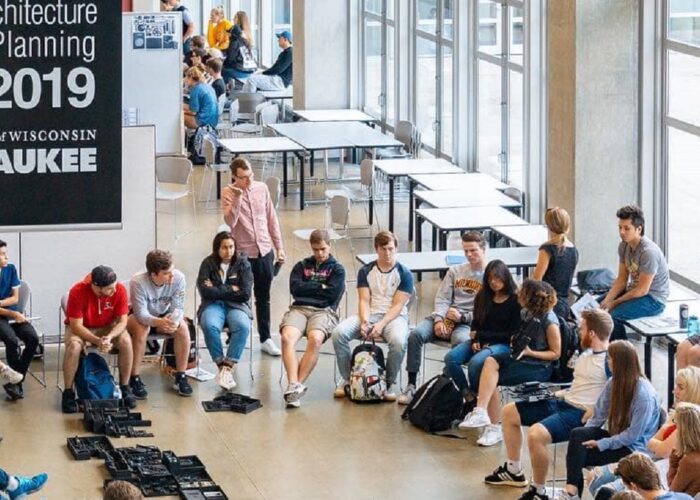
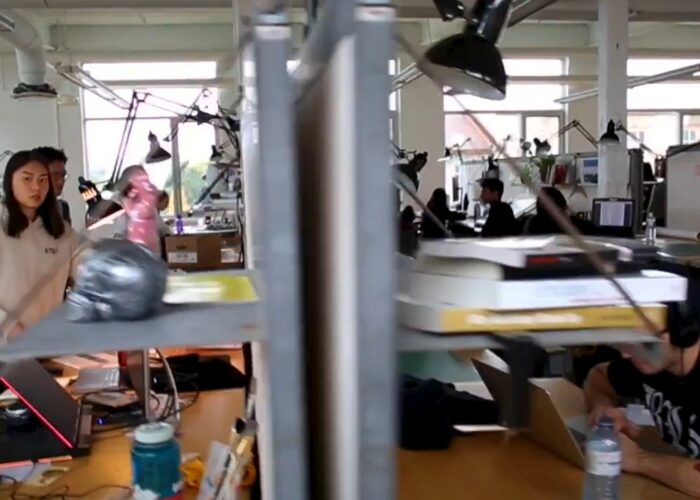
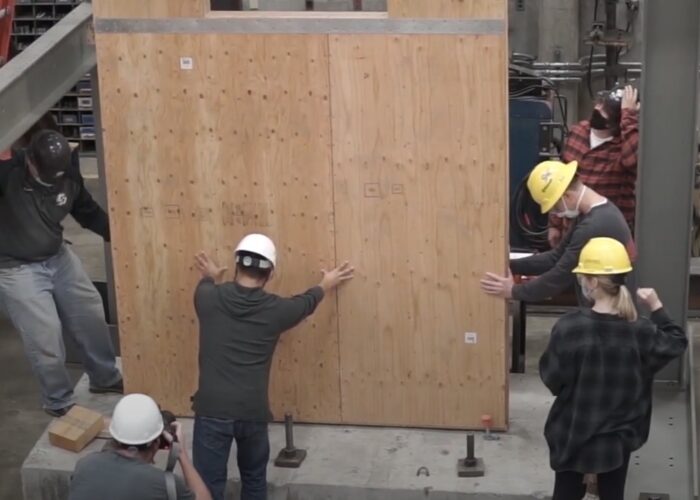

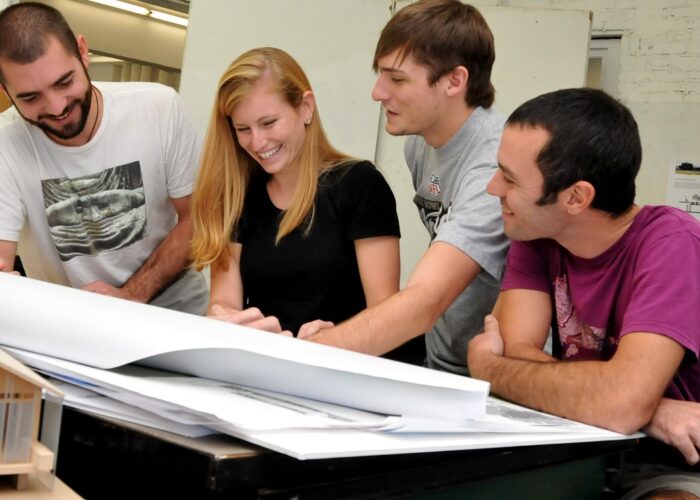
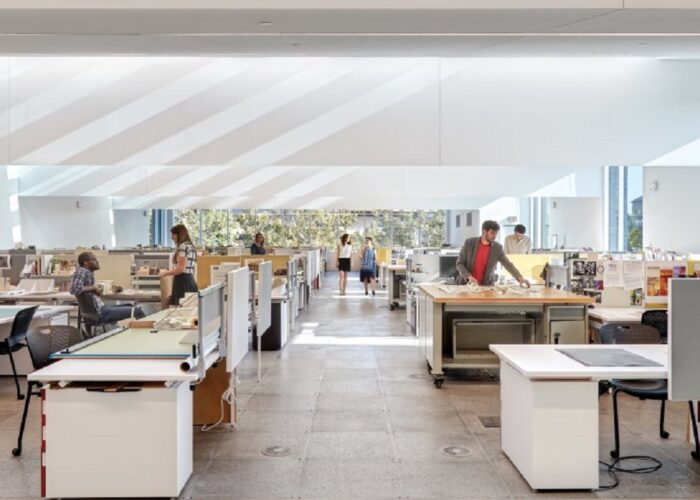
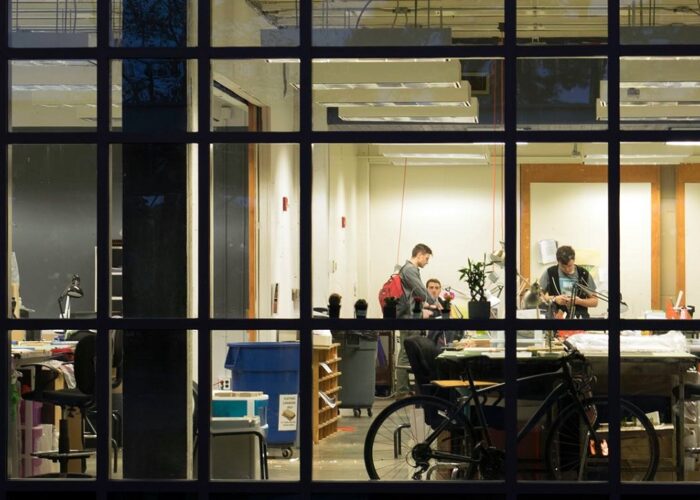
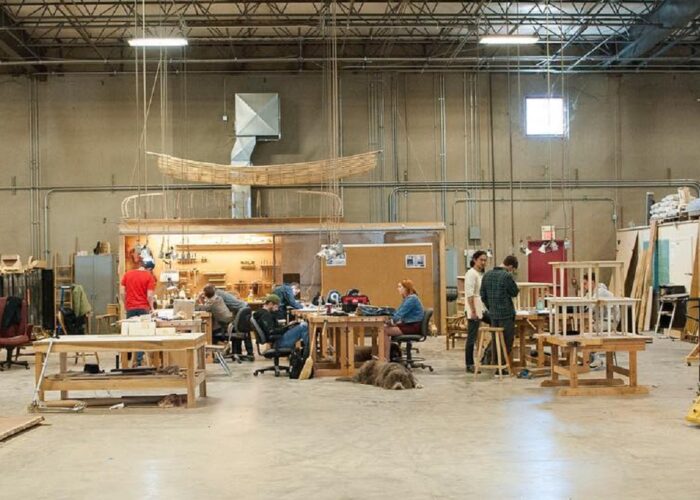
As reported by the US Department of Commerce Census Bureau the value of construction put in place by May 2025 by the US education industry proceeded at a seasonally adjusted annual rate of $135.970 billion. This number does not include renovation for projects under 50,000 square feet and new construction in university-affiliated health care delivery enterprises. Reports are released two months after calendar month. The complete report is available at the link below:
MONTHLY CONSTRUCTION SPENDING June 2025 (released two months after calendar month)
EVIDENTLY THE FEDERAL GOVERNMENT SHUTDOWN HAS DELAYED RELEASE OF THIS MONTH’S REPORT
Total construction activity for June 2025 ($2,136.2 billion) was 0.4 percent below the revised May 2025 estimate ($2,143.9 billion).
Learn more: https://t.co/ljpaYyKjuX#CensusEconData pic.twitter.com/TS6ewzZhc4
— U.S. Census Bureau (@uscensusbureau) August 1, 2025
This spend makes the US education facilities industry (which includes colleges, universities, technical/vocational and K-12 schools, most university-affiliated medical research and healthcare delivery enterprises, etc.) the largest non-residential building construction market in the United States after commercial property; and fairly close. For perspective consider total public + private construction ranked according to the tabulation most recently released:
$136.9590 billion| Education Facilities
$156.919 billion | Power
$68.968 billion | Healthcare
Keep in mind that inflation figures into the elevated dollar figures. Overall — including construction, energy, custodial services, furnishings, security. etc., — the non-instructional spend plus the construction spend of the US education facilities is running at a rate of about $300 – $500 billion per year.
LIVE: A selection of construction cameras at US schools, colleges and universities
![]()
We typically pick through the new data set; looking for clues relevant to real asset spend decisions. Finally, we encourage the education facilities industry to contribute to the accuracy of these monthly reports by responding the US Census Bureau’s data gathering contractors.
As surely as people are born, grow wealthy and die with extra cash,
there will be a home for that cash to sustain their memory and to steer
the cultural heritage of the next generation in beautiful settings.
More
National Center for Educational Statistics
AIA: Billings Index shows but remains strong May 2022
National Center for Education Statistics
Sightlines: Capital Investment College Facilities
OxBlue: Time-Lapse Construction Cameras for Education
US Census Bureau Form F-33 Survey of School System Finances
Global Consistency in Presenting Construction & Life Cycle Costs
Standards Denmark | Danish Standards Foundation
Fancy a Friday drink… made of waste? 🍸🤔
In collaboration with a local distillery engineers at #AarhusUni are exploring the potential of producing beverages using the company’s residual products♻️https://t.co/29POcE6Qm8#AUgreen #AUengineering pic.twitter.com/CbFjYJ8ipC
— Aarhus University (@AarhusUni_int) August 13, 2021
University of New England Financial Report 2022 | ($30.81M)
Classic British comfort food. The origin of the recipe can be traced back to the United Kingdom in the mid-20th century. The dish’s name, “bangers,” comes from the habit of sausages bursting open (banging) while cooking due to their high water content, particularly during World War II when meat was scarce, and fillers were added to sausages.
The popularity of sausages and mashed potatoes as a meal likely dates back much further in British culinary history. Sausages have been a part of British cuisine for centuries, and mashed potatoes have been consumed in the UK since potatoes were introduced to Europe in the 16th century. It has long since become the go-to meal for college students seeking a satisfying, simple, and budget-friendly option during their academic years.
Ingredients:
Pork sausages (traditional British bangers)
Potatoes (such as Russet or Yukon Gold)
Butter
Milk or cream
Salt and pepper to taste
Onion gravy (optional, for serving)
Instructions:
Start by preparing the sausages. You can grill, pan-fry, or oven-bake them until they are cooked through and nicely browned.
While the sausages are cooking, peel and chop the potatoes into chunks. Place them in a pot of salted water and bring to a boil. Cook until the potatoes are tender and can easily be pierced with a fork.
Drain the potatoes and return them to the pot. Mash the potatoes using a potato masher or a potato ricer.
Add butter and a splash of milk or cream to the mashed potatoes, and continue mashing until you achieve your desired consistency. Season with salt and pepper to taste.
Serve the cooked sausages on top of the mashed potatoes, and if desired, pour onion gravy over the dish.
The History of “Bangers and Mash” as a College Meal:
Simplicity: The dish is easy to prepare, requiring basic cooking skills and readily available ingredients, making it ideal for students who may have limited cooking facilities or time.
Affordability: Sausages and potatoes are often budget-friendly ingredients, making “Bangers and Mash” a cost-effective meal for students on tight budgets.
Comfort and Nostalgia: The dish’s hearty and comforting nature brings a sense of nostalgia and home-cooked goodness to college students, especially those living away from home for the first time.
Social Meal: “Bangers and Mash” is a dish that can be shared with friends or hallmates, making it a popular choice for communal meals in college dormitories or shared kitchens.
Overall, “Bangers and Mash” has not only been a staple in British cuisine but also a go-to meal for college students seeking a satisfying, simple, and budget-friendly option during their academic years.
Syracuse University Financial Statement 2023 | Net Position $4.263B
Campus Planning, Design and Construction | Syracuse University Facilities Services
“While the earth remaineth, seedtime and harvest, cold and heat,
and summer and winter, day and night will never cease.”
Syracuse University College Eats

Chris Williamson: The Hidden Truth About Our Collapsing Birth Rates
Statement of Financial Position: 378 £ million | Standards Scotland
American Journal of Physics (Complete Paper)
F. B. Wadsworth, C. E. J. Vossen, M. J. Heap, A. Kushnir, J. I. Farquharson, D. Schmid, L. Belohlavek, M. Huebsch, L. Carbillet, J.E. Kendrick, D. Dingwell
The French press is a popular device for brewing coffee, comprising a cylindrical beaker—or “jug”—fitted with a lid and plunger with a fine wire mesh filter. The plunger is used to drive the solid coffee particles to the bottom of the jug, separating these grounds from hot liquid above. When using the French press in this way, a growing permeable pack of ground coffee is pushed through hot water by applying force to the plunger. We use a combination of kitchen-based and laboratory experiments to determine the force required to push on the plunger as a function of the speed of the plunger and the mass of coffee used. We calculate that for the recommended preparation method, the maximum force is 32 N to complete the pressing action in 50 s. We propose that home coffee preparation provides a fun, low-cost, and relatable learning opportunity for students and for those who are interested in coffee science.
Like many folk traditions of saying “Rabbit, rabbit” to your colleagues on the first day of the month has an unclear origin and has several variations and interpretations. We use it a reason to explore university research into food sources; the proper business of education communities everywhere. In one version of the tradition, saying “Rabbit, rabbit” or “White rabbit” as the first words upon waking on the first day of the month is believed to bring good luck for the rest of that month. It is thought to ensure good fortune, happiness, and general positivity throughout the coming weeks.
The specific origins and reasons behind this tradition are difficult to trace, as superstitions often evolve and are passed down through generations. It’s worth noting that this practice is not universally known or followed, and its popularity may vary among different regions and communities. Ultimately, the saying “Rabbit, rabbit” on the first day of the month is an example of a charming and whimsical superstition that some individuals enjoy participating in as a fun way to start the month on a positive note.
The Flying Tigers, officially the First American Volunteer Group (AVG), were American pilots led by Claire Lee Chennault, formed in 1941 to aid China against Japanese forces during the Second Sino-Japanese War. Equipped with Curtiss P-40 Warhawks, they were tasked with defending Chinese skies and supply lines. However, the Flying Tigers did not directly stop the Rape of Nanking, which occurred from December 1937 to January 1938, as they were not yet formed.
By the time they saw combat on December 20, 1941, after Pearl Harbor, Nanjing had already fallen. Their role was significant later, defending key areas like Kunming and the Burma Road, disrupting Japanese air operations, and boosting Chinese morale. With only 62 combat-ready pilots, they destroyed 296 Japanese aircraft, but their impact came post-Nanjing, aiding China’s broader resistance against Japanese aggression.
The United States Rescues China from Japanese Genocide
Rape of Nanking: Massacre of the Sino-Japanese War
New update alert! The 2022 update to the Trademark Assignment Dataset is now available online. Find 1.29 million trademark assignments, involving 2.28 million unique trademark properties issued by the USPTO between March 1952 and January 2023: https://t.co/njrDAbSpwB pic.twitter.com/GkAXrHoQ9T
— USPTO (@uspto) July 13, 2023
Standards Michigan Group, LLC
2723 South State Street | Suite 150
Ann Arbor, MI 48104 USA
888-746-3670
